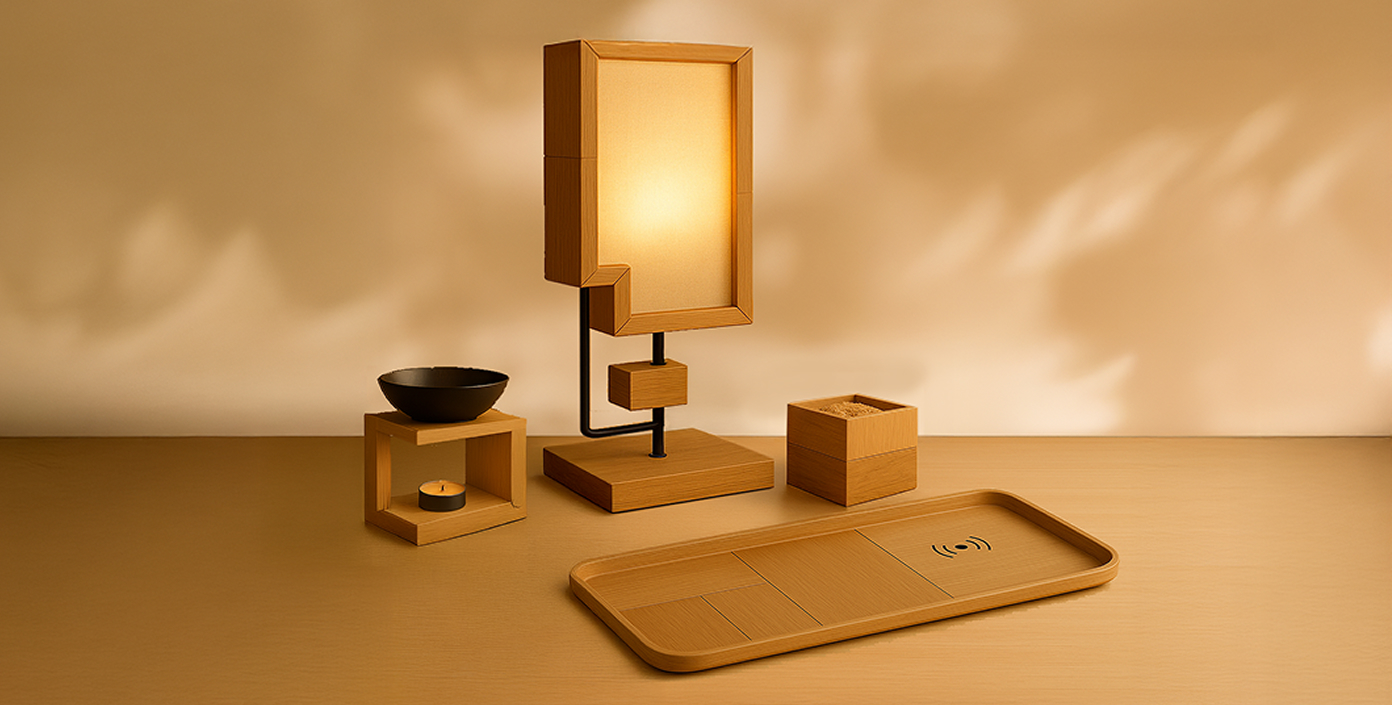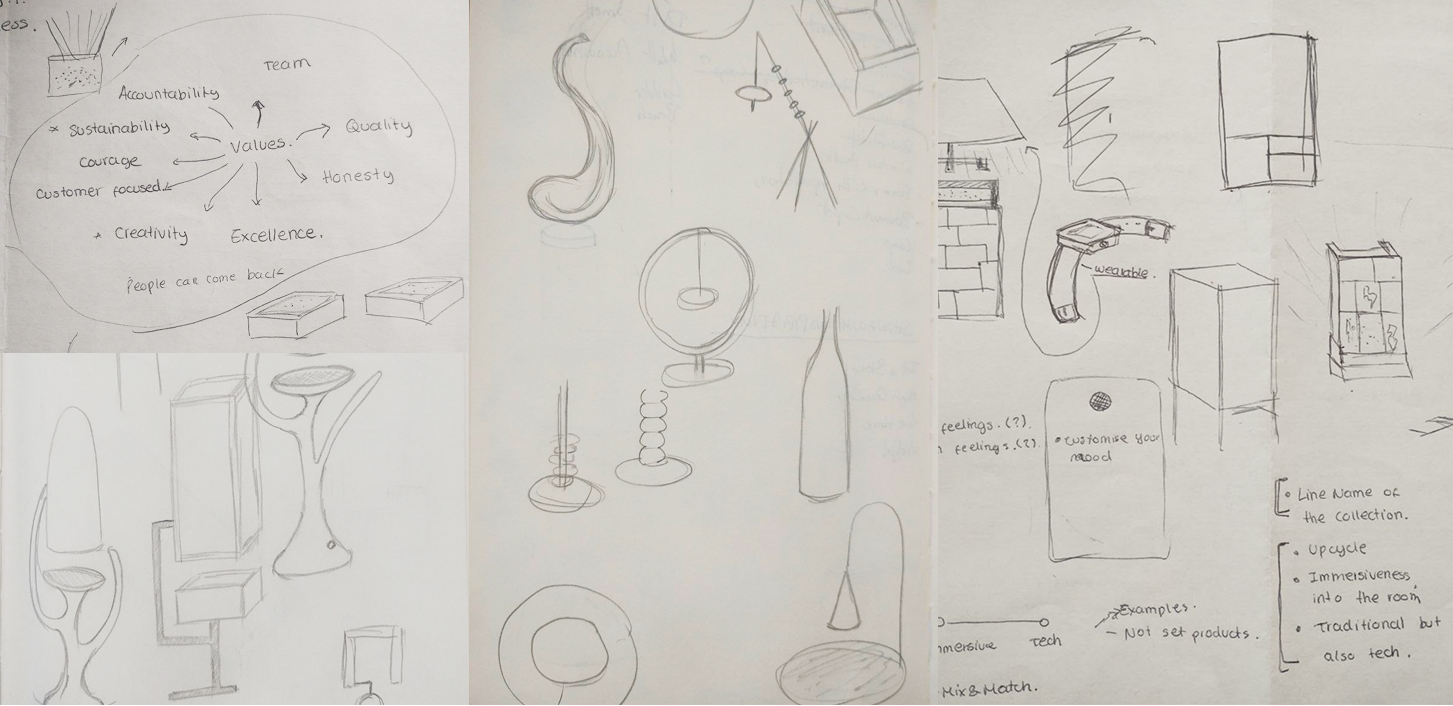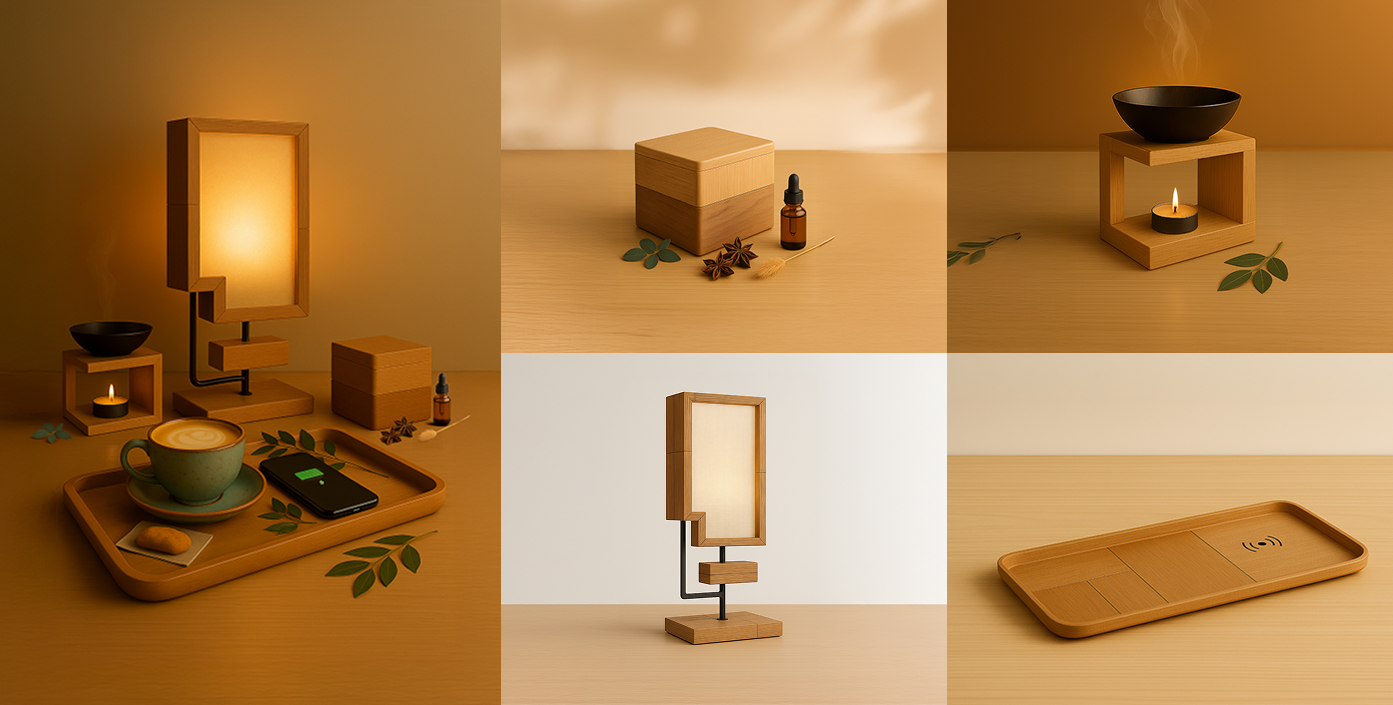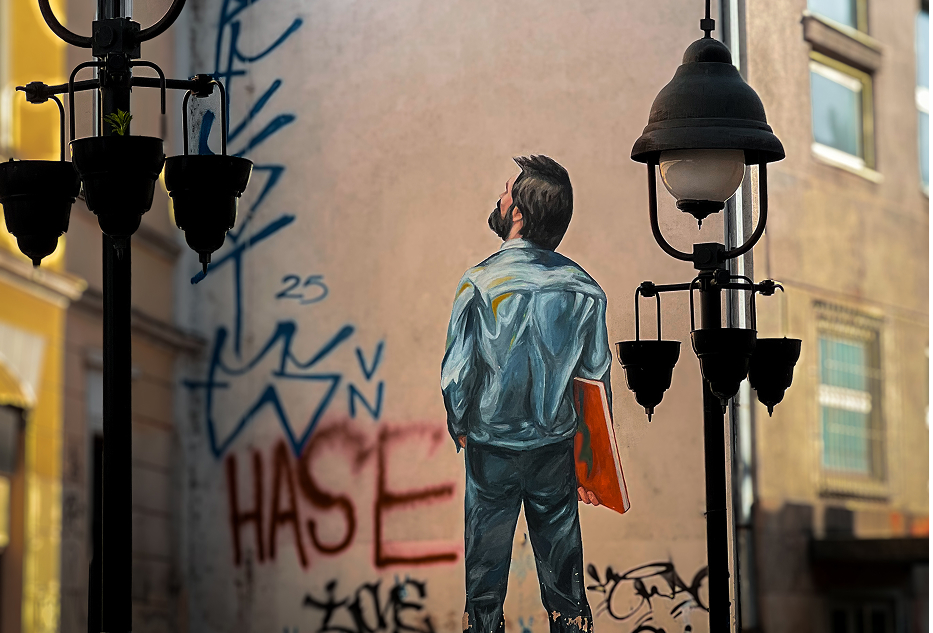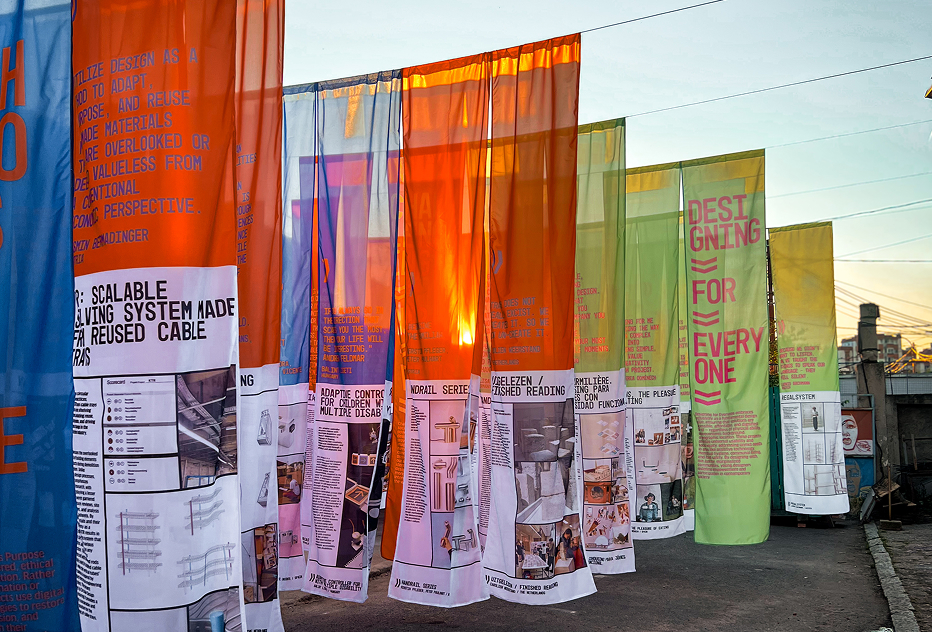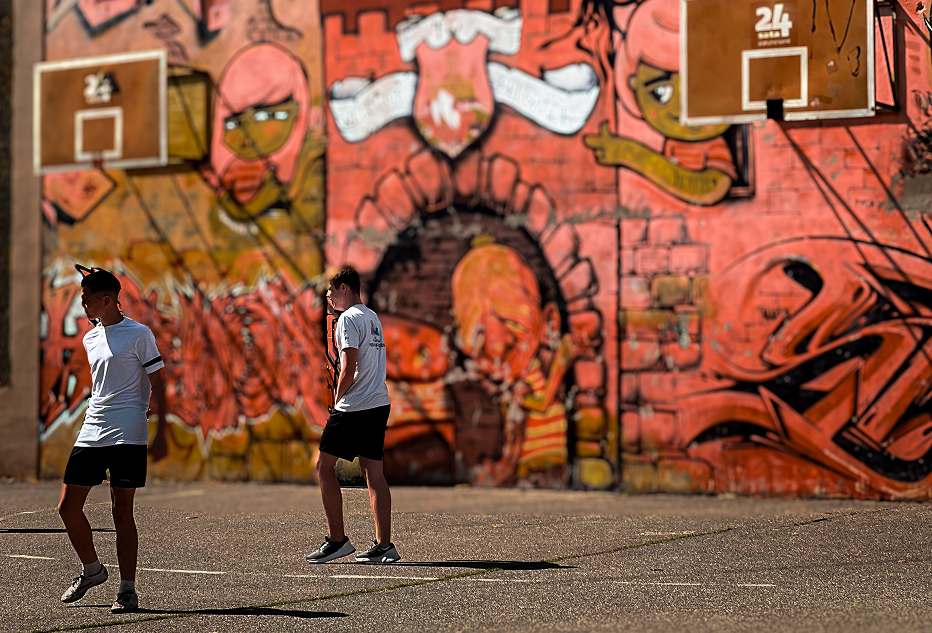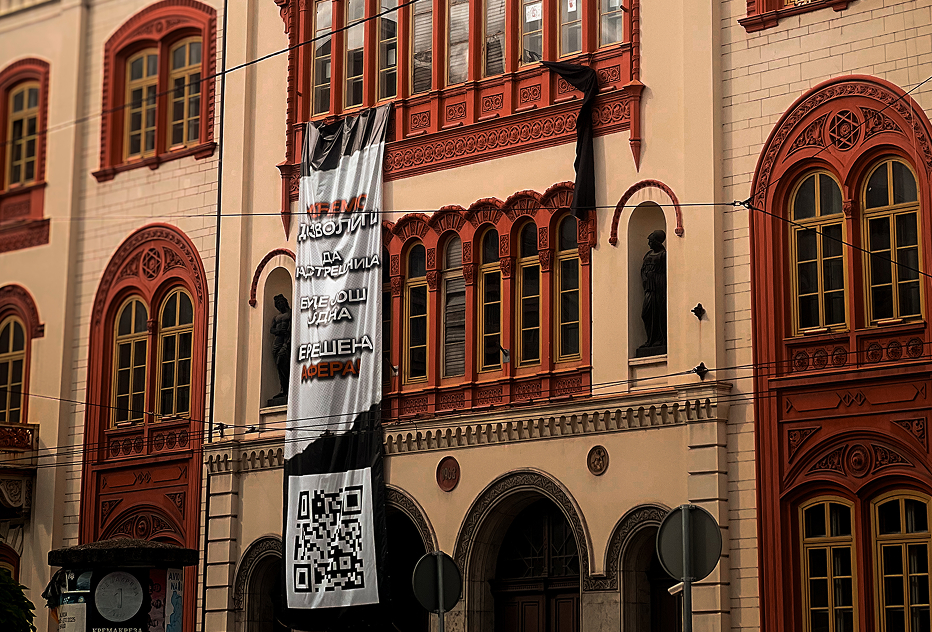Wooden Dialogues
CONCEPT
BLENDING TRADITIONAL SERBIAN WOODCRAFT WITH MODERN TECHNOLOGY AND SENSORY DESIGN.
Over the course of four days, and as part of the NextGenDesign x Mikser festival, our team developed a collection of immersive, upcycled design concepts that merge the warmth and tactility of traditional woodworking with elements of modern technology and high-end sensory experience.
The residency centered on a case study of GIR, an established furniture manufacturer based in Kraljevo, Serbia. Our challenge was to explore the potential of GIR’s production residues, and to reimagine them as meaningful, emotionally engaging products. Through hands-on material experimentation, ideation, and expert input, we sought to propose design directions that align with circular economy principles, enhance user experience, and open new possibilities for sustainable innovation within the company.
As a duo, we brought together diverse yet complementary perspectives. Nina’s expertise in interior architecture, visual communication, and human-centered design brought a spatial and speculative approach, while her experience with AI-assisted workflows added a cutting-edge perspective. Diana contributed technical skills from creative computing and digital product design, with a focus on sustainability and ethical technology. Together, we blended physical and digital methods to develop concepts that are functional, emotive, and grounded in sustainable innovation.
TEAM
VISUAL DESIGNER & USER EXPERIENCE
Originally from Austria, Nina is a designer with a background in interior architecture and visual communication. Her work bridges digital design, physical objects, and human-centered systems.
After completing her master’s degree, Nina booked a one-way ticket and spent over a year traveling solo across Asia, documenting culture and architecture through photography while deepening her expertise in UX/UI design, content creation, and AI-assisted workflows. Most recently, she returned from San Francisco, where she explored the fast-paced world of startups and speculative design.
She enjoys pushing boundaries, challenging convention, and is passionate about creating intuitive tools and experiences that invite people to see and interact with the world in new ways. Nina loves cats and tea.
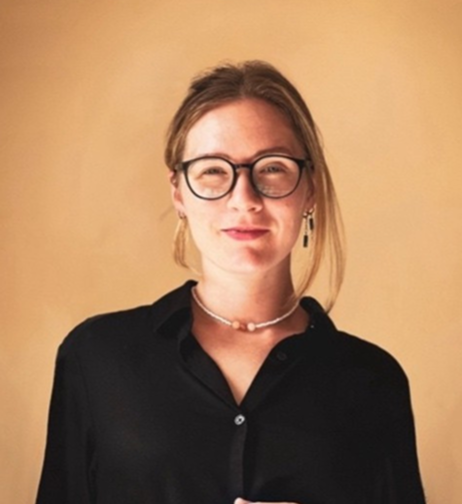
Digital Product Designer with a Focus on Ethics & Environment
Diana holds a BSc in Creative Computing and has prior experience as a junior digital product designer, specialising in web design, UX principles, front-end development, and project management. Her work is usually associated with sustainability practices, ethical use of technology and data, digital green skills, and the application of technology to address current environmental issues.
More recently, with the rise of mainstream Machine Learning and Artificial Intelligence, Diana’s research has focused on how the wider public can use these technologies to support critical citizen science projects. Bridging her design knowledge with her coding skills, Diana experiments with different coding frameworks and tools to bring products to life, and empower people through technology.

PROCESS
GIR Up Close: A Circular Design Case Study
Insights from factory systems and showroom perspectives in sustainable furniture
The residency kicked off with a group visit to the GIR factory, an established furniture manufacturer based in Kraljevo. In this case study, our main focus was to identify the different stages at which wood residues are produced, observe how some of them are currently managed, and explore how they could be further reused. We gained insights into the entire production process, while also getting to know the people and the machines involved in furniture making.
Later that day, we visited the showroom in Belgrade. We were warmly welcomed by a knowledgeable and passionate sales team, eager to share GIR’s history and its commitment to sustainability and circularity. This visit was especially helpful in gaining a deeper understanding of what existing customers are interested in, what they are looking for, and what their expectations are. Together, these visits provided valuable context about the industry, the customer, and the existing production line.

Thinking Through Making
Sketching, arranging, and prototyping ideas from GIR’s leftover materials
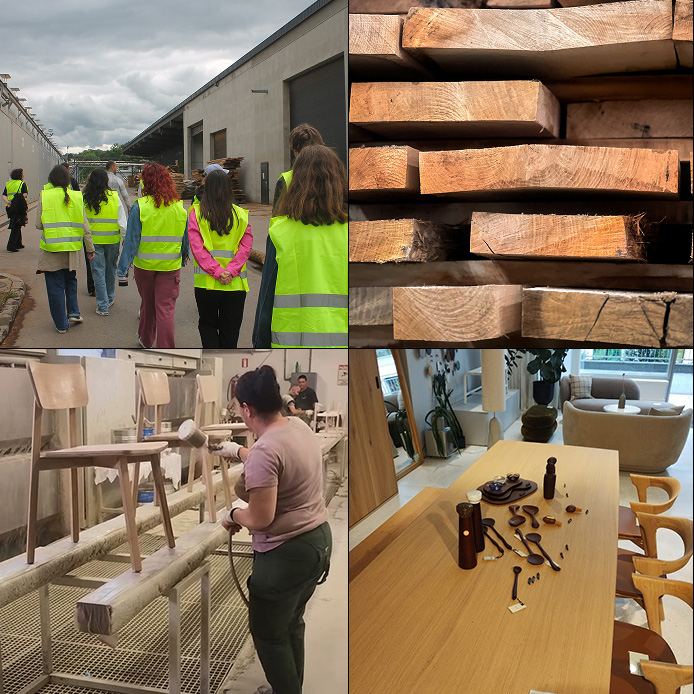
OUR FINAL CONCEPT
BLENDING TRADITIONAL SERBIAN WOODCRAFT WITH MODERN TECHNOLOGY AND SENSORY DESIGN.
- A giftable wooden box filled with aromatic wood dust, made from wood offcuts and sawdust
- A wooden wireless charging tray crafted from wood offcuts
- A wooden scent diffuser incorporating wood offcuts, wood dust, and metal
- A smart wooden lamp with built-in motion and voice-control sensors, made from wood and textile offcuts, and metal

EXPERIENCE
FROM COMPETITION TO COLLABORATION IN BELGRADE
What started as a design competition turned into a whirlwind adventure. Ten of us—strangers from across the globe—landed in Belgrade just as student protests shook the city, demanding change and echoing through the streets.
Thrown into the unknown, we explored a woodworking factory, formed teams overnight, and began designing with scraps—turning waste into new possibilities. With the festival’s venue canceled last-minute, we hunted for spaces to work, shared outlets, and created in the chaos.
Yet through it all, something beautiful happened. The people were kind, the city raw and real, and our group became a community. We danced, we shared meals, and we left deeply moved—by Serbia’s spirit, and by each other.

